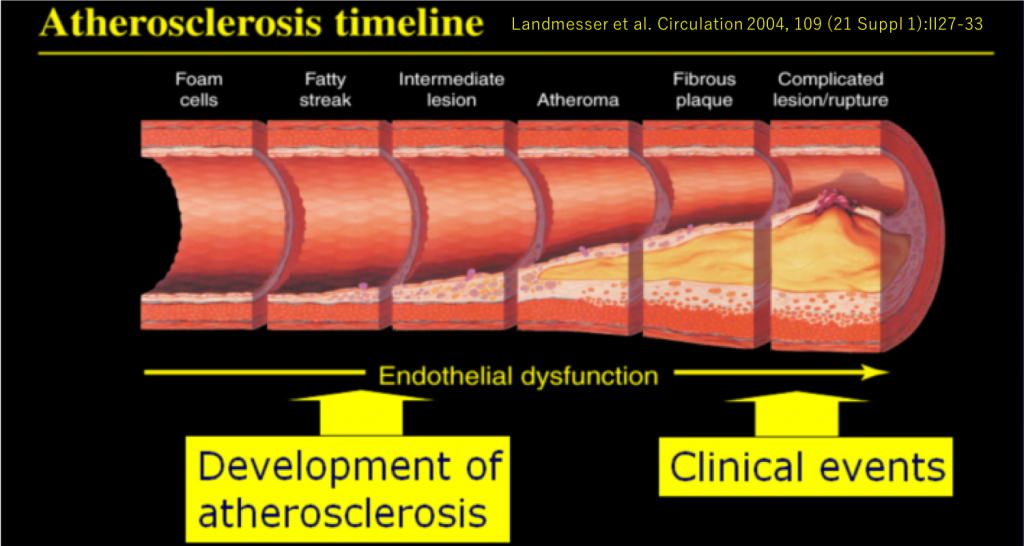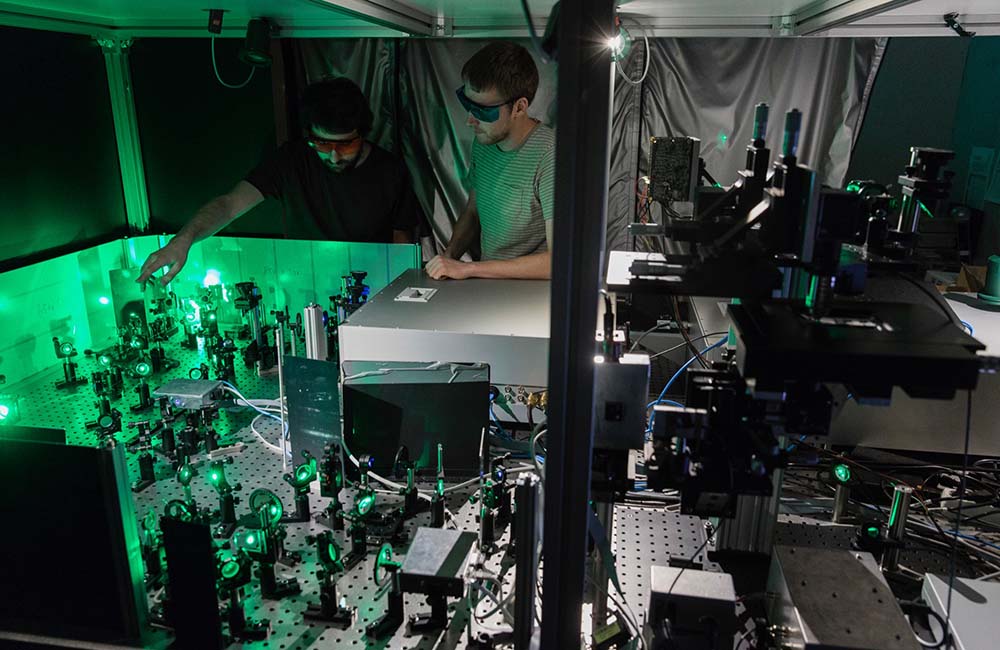A dysfunction of cells lining the inner walls of blood vessels, i.e. the endothelium, is the primary cause of many lifestyle related diseases. According to the WHO, those diseases accounted for 60% of all deaths worldwide in 2005. Tailor-made diagnostic tools for early and reliable identification of endothelial dysfunction are urgently needed both in fundamental research and clinical routine, respectively.

The need for analytical tools, which can assess function by sensing and quantifying intracellular chemical or physical species, has led to the development of a variety of luminescent molecular probes. However, due to the complexity of natural systems, cell signalling and function do not occur as isolated processes. Ideally, to gain truly meaningful insights into intracellular processes and perturbation to such processes induced by diseases, therapy or toxicity, multiple analytes need to be monitored simultaneously in a complex biological environment.
Molecular logic sensors offer an elegant way to approach this issue by using parallel and logically connected identification of two or more analytes. A molecular logic gate processes these analytical inputs via a logic operation, producing an optical output signal. The output signal provides distinct information whether none, either of the analytes, or both of them, are present at a certain threshold concentration. Since the introduction of molecular logic gates by the group of de Silva 20 years ago, multidisciplinary research approaches have focused on the realization of sensors, advanced drug delivery and pro-drug activation systems, computing, biomedical diagnostics and smart materials that exploit molecular logic gates. Important medical applications of molecular logic gates include e.g. photodynamic therapy (PDT) and point-of-care biomedical diagnostics. And, whereas these two examples show the potential of molecular logic sensing for medical diagnostics, the major obstacle, which is the transfer of this sensing concept from solution to a complex biological environment such as the living cell, has not been tackled to date, but holds promise for future diagnostics.
The objective of this project is to explore a new concept of molecular logic sensing that can be applied in a biological environment. Not till then, molecular logic sensors will find wide-spread and important application such as in intracellular sensing, critical care diagnostics and high-throughput screening.

